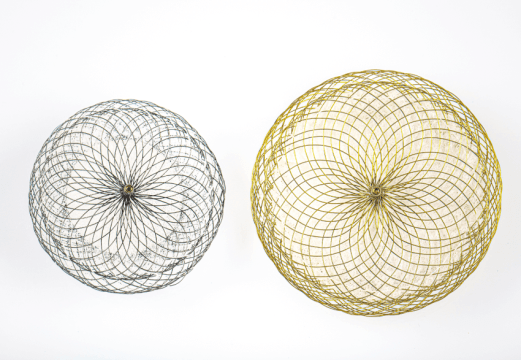Original Title: Immediate Versus Delayed Invasive Intervention for Non-ST-Segment Elevation Myocardial Infarction Patients The RIDDLE-NSTEMI Study (Randomized study of ImmeDiate versus DeLayedinvasivE intervention in patients with Non-ST-segment Elevation Myocardial Infarction). Reference: J Am CollCardiolIntv. 2016. Online before print.
This study assessed the clinical impact of immediate invasive intervention (within 2 hours) vs. delayed intervention (within 2 and 72 hrs.) in non ST myocardial infarction (NSTEMI) patients.
Prior studies have shown contradictory outcomes of the effect of early invasive intervention in heterogeneous populations of NSTEMI patients.
The study randomized 323 NSTEMI patients to immediate intervention (<2 hrs.after randomization, n=162) vs. delayed intervention (2 to 72 hrs.after randomization, n=161).Primary end point was death or new MI at 30 days.
Median time from randomization to angiography was 1.4 hrs. for the immediate intervention group and 61 hrs. for the delayed intervention group.
At 30 days, the primary end point of death and new MI was less frequent in the immediate intervention group (4.3% vs. 13%, HR 0.32, CI 95% 0.13 to 0.74; p= 0.008).
This difference in favor of immediate intervention persisted at one year (6.8% vs. 18.8%, HR 0.34, IC 95% 0.17 a 0.67; p=0.002).
The observed outcomes were mainly explained by a higher rate of new MI in the period between randomization and catheterization in the delayed intervention group (0 deaths and 0 new MIs in the immediate intervention group vs. 1 death and 10 new MIs in the delayed intervention group).
Death, new MI or recurrent ischemia rates were lower in the immediate intervention group, both at 30 days (6.8% vs. 26.7%; p < 0.001) and at 1 year (15.4% vs. 33.1%; p < 0.001).
Conclusion
The immediate invasive strategy in STEMI patients reduces mortality and new MI, compared to a delayed intervention strategy.
Editorial Comment
Prior studies have shown the potential of early interventions in NSTEMI syndromes, however, the advantage has always been based on softer end points such as recurrent ischemia. This work is the first to bring evidence on hard points such as death and MI.





